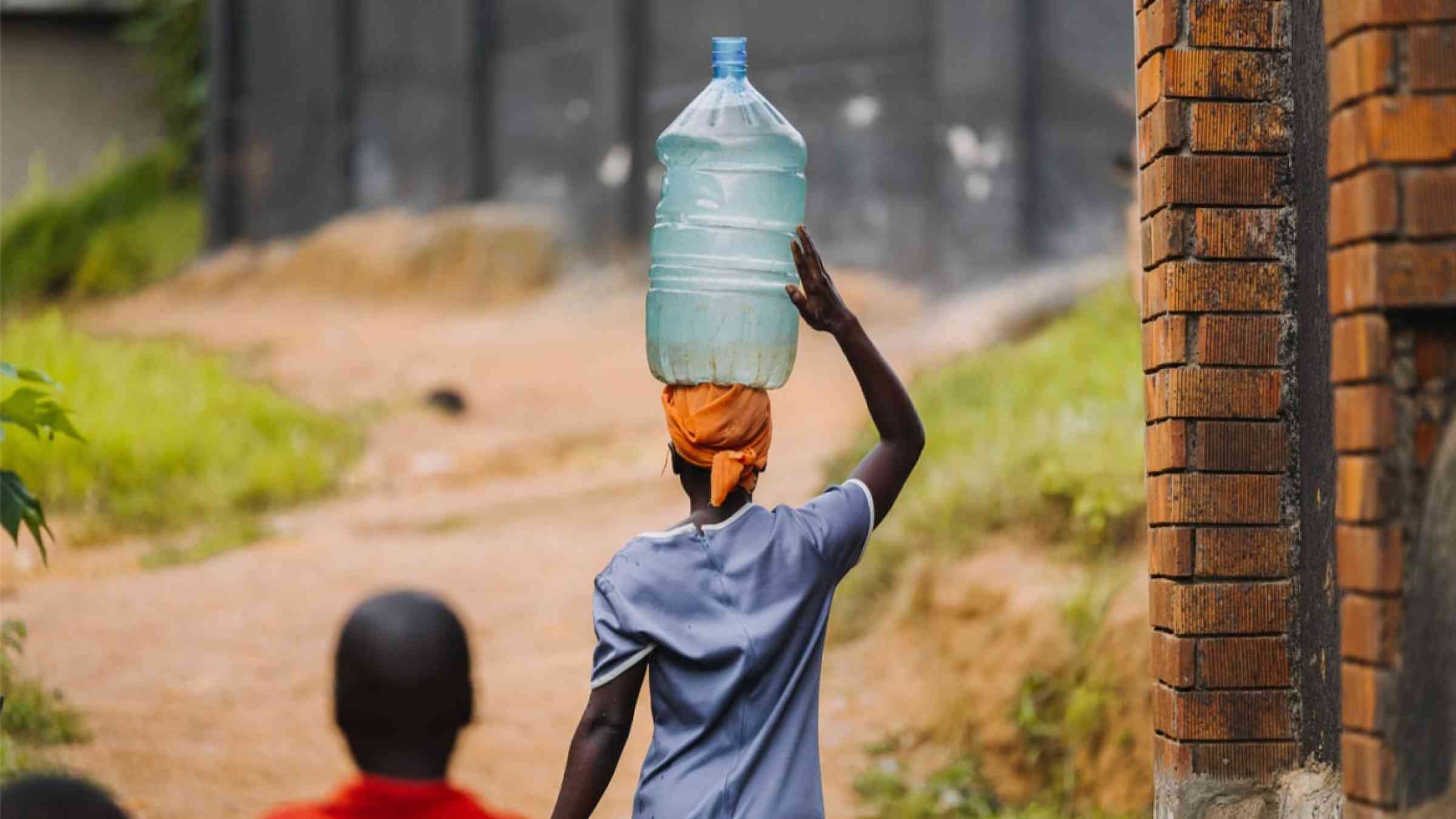Why gender-specific data is critical to manage disaster risk

Giving policymakers the tools they need.
When disasters strike, men and women have distinct needs and feel their impact differently, and policymakers need gender-specific data to respond effectively, Sonia Akter and Madhavi Pundit write.
The frequency and intensity of disasters triggered by natural hazards are increasing worldwide, with Asia and the Pacific being particularly vulnerable – over 57 million people in the region were in some way affected by climate-related disasters in 2021.
Just in recent weeks, ongoing flooding in Bangladesh and India that killed more than 100 people and displaced millions, and a catastrophic earthquake in Afghanistan killed and injured thousands, showing the destructive force nature can bring to bear on communities.
While natural hazards pose a danger to the lives and livelihoods of everyone unfortunate enough to be in the firing line, women and children face different, and often more adverse, consequences in times of disaster.
Men and women have distinct needs and diverse roles and responsibilities within households and communities. Due to existing structural gender inequalities that assign women a lower social status than men and can restrict their mobility outside the home, women also have less access to effective support structures in many instances.
Policymakers are beginning to recognise how disasters affect men and women differently, and the importance of gender-specific plans – such as in the Sendai Framework for Disaster Risk Reduction, a globally acclaimed blueprint for disaster risk management.
Nonetheless, they do not sufficiently emphasise delivering gender-responsive policies and programs – especially based on nuanced data and information.
Consequently, gaps in sex and gender-specific information are becoming gaps in policy responses to a disaster. When disaster risk management programs inadequately consider gender, women and girls bear a disproportionately heavier burden of the disaster’s impact, both in the short and long term.
Pre-existing gender gaps in health and nutrition, education, mobility, safety and security, violence, and access to jobs, finance, and technology widen in the aftermath of disasters. This can entrench inequality and reduce resilience to future disasters, creating a vicious cycle.
First, policymakers need to track sex-specific impacts and needs in a disaster. This requires sex-specific primary data collection on the ground.
But what is sex-specific data?
Not to be confused with sex-disaggregated data, which is information collected separately for men and women, sex-specific data is information about the specific needs of men and women.
For example, a survey might collect sex-disaggregated food insecurity data by including questions on food intake separately for men and women. Questions on the food intake of pregnant and lactating mothers, however, would be sex-specific data. This kind of data is more relevant for addressing the needs of women and girls during disasters.
Admittedly, gathering this data can be challenging, as access to respondents may be hampered when critical infrastructure is disrupted. There may also be physical, cultural, psychological, social, and gendered barriers that might make women unwilling to reveal certain information.
However, a carefully designed data collection tool can address most of these challenges.
By identifying key areas that specifically affect risk, vulnerability, and resilience for women – categorised into sexual and reproductive health, education, paid work, food and nutrition security, basic needs, control over assets, and exposure to violence – a tailored survey that is short, simple, direct, and quickly mobilised can be extremely effective in delivering insights about women’s needs.
This information would then be used by development agencies or governments to make the disaster response more effective for women affected.
Rapid assessment tools from the field of food security can also provide ideas for innovation.
The Women’s Empowerment Index in Agriculture, for instance, was developed by the International Food Policy Research Institute to track the impact of development programs on women’s empowerment, agency and inclusion, but is not intended for emergencies.
The World Food Programme and the Food and Agriculture Organization also have rapid food-security assessment tools, including the Food Consumption Score and Coping Strategy Index, which are routinely used to monitor food security in emergencies – a similar tool could be used for gender-specific disaster response.
R esearchers, policymakers and development agencies need to promote, develop and implement a gender-specific framework urgently.
esearchers, policymakers and development agencies need to promote, develop and implement a gender-specific framework urgently.
Whatever the tool to do so eventually looks like, the gap in disaster management frameworks must be bridged with sex-specific data that answers relevant questions and is easy to gather. Such a tool can support other initial rapid assessments, as well as helping to monitor the path to recovery as agencies roll out their responses in an increasingly disaster-ridden world.